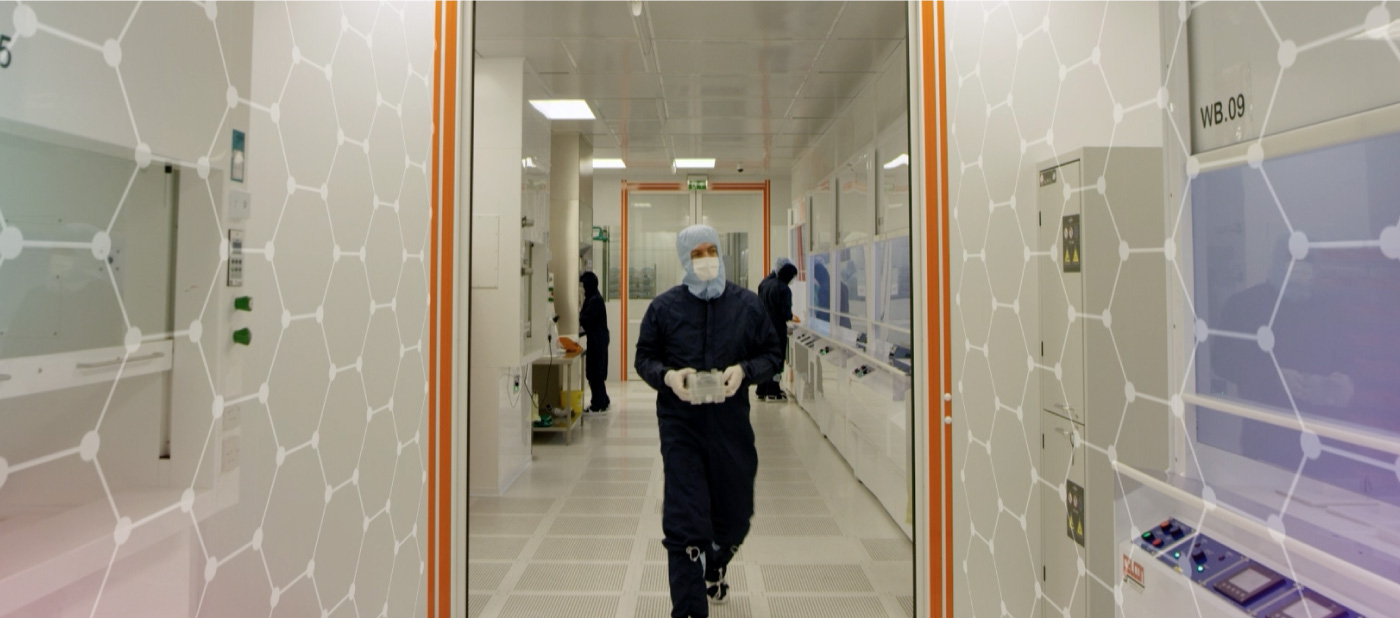In March 2022, The Henry Royce Institute (Royce) submitted evidence to The Department for Business, Energy & Industrial Strategy (BEIS) UK Advanced Materials: call for evidence. The call was seeking insight into Advanced Materials as one of the 7 tech families in the UK Innovation Strategy. This response has been put together in consultation with all Royce Partners.
What is an advanced material? a material where the cost of the system is significantly greater than the raw materials cost, i.e. materials with high value-added.
1. Are there any challenges and/or opportunities for UK Advanced Materials?
Opportunities
The UK has an enormous opportunity to develop sovereign capability embracing locally-based materials development, manufacture and re-use of resources. There is a major opportunity for Materials 4.0 and Informatics to play a much greater role, and for combining digital and physical twins for high-throughput make, test and characterisation. A “digital thread” through materials manufacturing has the potential to ensure that the latest technologies are deployed, establishing a connected flow of data throughout the entire manufacturing ecosystem. Greater circular use of resources that are fully integrated within the design/development process (including economic, cultural and ecotoxicologial considerations) would replace imported and non-sustainable materials, with high value-added sustainable materials. The development of new materials to tackle key obstacles in the energy transition (e.g. development of materials for hydrogen, fusion, advanced modular reactors, electrification, low-carbon transportation and so on) also offers huge opportunities for the UK. Materials for health also offer significant potential; biomaterials will continue to revolutionise our ability to combat life threatening diseases and improve on our current approaches to healthcare.
Challenges
The development timescale for conventional materials is 10-15 years, plus an additional 10-15 years for their exploitation in components and devices. If we are to meet our societal challenges, including our 2050 net-zero commitments, these development processes must be both parallelised and significantly accelerated. There is a need for a more joined-up approach to scale-up for target materials technologies, and one that incorporates all the Technology Readiness Levels (TRLs) and Manufacturing Readiness Level (MRLs) required to progress from discovery to commercialisation. A key challenge is the current linear funding model of materials development from TRL1 to TRL9 doesn’t reflect real-world problem-solving for advanced material development which actually requires simultaneous working across multiple TRLs. This makes it challenging for institutions supporting different aspects of TRL development to work together in a seamless fashion. In addition, universities/institutes are not always able to provide the right staff resource to respond in short timescales to support high TRL translation R&D activity.
There is also a need for a clearly-defined advanced materials strategy that goes beyond a 5 year timeframe. This should also promote and incentivise greater risk-taking, private equity and venture capital investment opposite what are long-timescales for new technologies, as well as encourage much greater cross-sector collaboration.
We also face both skills shortages in areas such as Materials 4.0/Informatics and a requirement for upskilling, particularly for personnel within start-ups. Investment in skills development would facilitate more widespread exploitation of new materials technologies. Finally our regulatory systems are not always well set-up to incentivise innovation and rapid take up of new materials and processes, for example in the nuclear and biomedical sectors, where the current regulatory environment can act as a barrier to progress.
2. What lessons, if any, from other countries and companies could we learn from?
In Germany within the Fraunhofer- Gesellschaft Institute as well as the Bundesanstald fur Materialforschung (BAM) and the Betriebs Forschungs Institute (BFI) there is a strong focus on applied science. Notably, these institutions have significant autonomy, long term funding and low reporting requirements. This enables them to prioritise future-relevant technology and scale-up without distractions and diversions of resource (together they span 76 different research units, and last year alone generated €2.5 bn in contract research and 638 separate patent applications). In the Netherlands, an integrated materials strategy is discharged through the Materials Innovation Institute (M2i) and the Dutch Polymer Institute (DPI) who operate as “brokers” to create common programmes spanning a range of industries. These organisations do not own equipment and do not have research staff, but instead have implementation engineers. The whole materials community is gathered within the Dutch National Platform MaterialenNl, whose steering group coordinates roadmaps and initiates large proposals or initiatives like NanonextNl (a consortium of more than one hundred companies, universities, and institutes) and the Duurzame Regional Development Fund for Renewable Energy North Holland (Ontwikkelingsfonds Duurzame Energie Noord-Holland or ODENH).In the USA, large-scale outcome-focused funding is made available, for example via ARPA-E and SBIR. The US Department of Energy (DoE) has recently funded a $73M Quantum Materials programme building on an initial $1bn US investment in August 2020
3. What are the strengths of UK Advanced Materials?
The UK is strong in fundamental and discovery-led research and training; UK academia and industry have a proven track-record of enabling understanding and optimisation of materials across all material length scales.
We possess a depth of expertise in advanced materials discovery and chemical materials design, imaging and characterisation and, materials modelling. We also have deep capability and experienced people resource deployed on training the next generation of materials science researchers. Our teaching institutions possess world-class strengths in materials science and are training the next generation of leading, postdoctoral materials scientists who can enable the innovation needed to address areas of national and international need. In addition, a wide-ranging and established international collaboration network, mature industry-university collaborations and an integrated community spanning industry, academia, catapults, Institutes and Research Technology Organisations (RTOs) all add to our core strengths.
4. Are there any specific gaps in UK Advanced Materials capability that you would like to share?
The single biggest gap is an integrated and agile materials R&D infrastructure from discovery to implementation, embracing incentives to encourage industry-academic links that could bridge the gap between research at TRLs 3 – 6, a joined-up ‘make’ R&D capability from small to pre-production scale, verification capability for new materials to de-risk investment and facilities, for example pre-clinical to clinical take-up of biomedical materials technologies. As noted, we also need to see new PhD training in key capabilities, particularly materials informatics/materials 4.0, as well as greater deployment of materials informatics and its connection to high-throughput materials systems innovation. We face a gap in materials for low-energy computing, data storage and transmission and long term investment (complemented by venture capital) in materials with a strategic imperative for the UK including for low carbon, energy independence, national resilience, personal health and full-life materials systems design encompassing life cycle assessment, materials circularity and sustainability.



